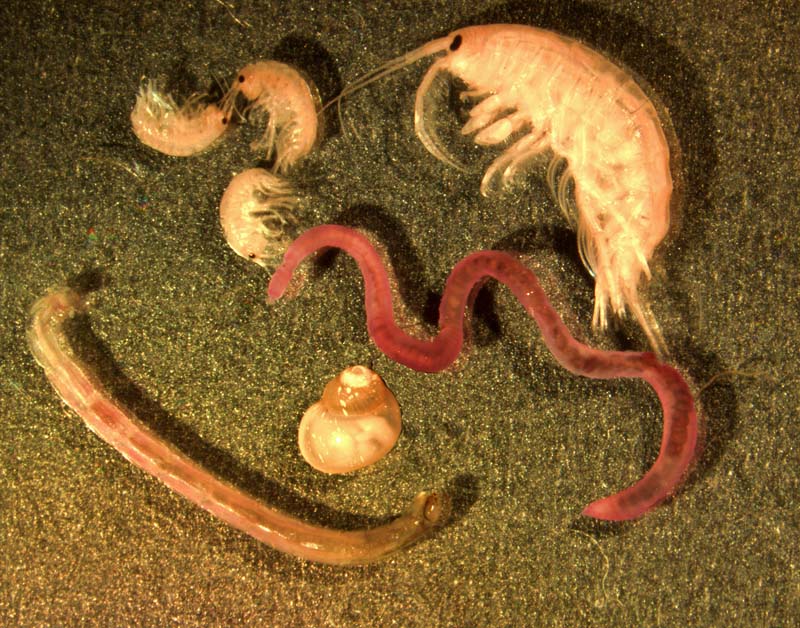The first step of the Domino Theory is to identify the bioindicator for a particular estuary. Bioindicators are species that can be used to signify the health of an ecosystem. Inflow studies done to assess the effects of changing flows in Texas estuaries used benthic invertebrates and macrofauna biomass as bioindicators (Palmer et al. 2008). The implications of using benthos are that freshwater inflows enhance secondary production because of the salinity gradients caused by mixing fresh water and seawater (Montagna and Kalke 1992).

Benthic biomass, abundance, and diversity vary by estuarine condition which can be defined as the state of ecological integrity and the functionality of connections between them (USEPA 2008). Therefore, changes in biomass are correlated with changing freshwater inflows (Kim et al. 2009). These studies found altering hydrology causes changes in estuarine systems (Palmer et al. 2011).
Use of benthic organisms as indicators of environmental stressors is useful for two reasons. One, because they are able to integrate spatial and temporal changes in ecosystem factors (Smith 2001). Two, they cannot travel large distances when ecosystem conditions change which is important because abundance, diversity, and biomass changes can be measured over long periods of time at established sampling points, therefore more accurately reflecting changes in ecosystem condition. Other marine organisms such as fish are more mobile and changes in biomass, diversity, and abundance can be the result of other biological responses including avoidance.